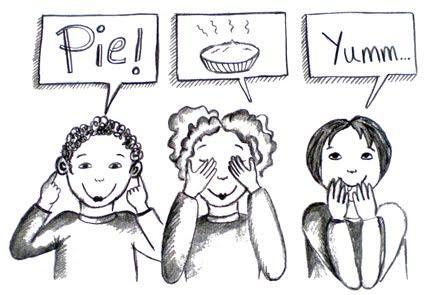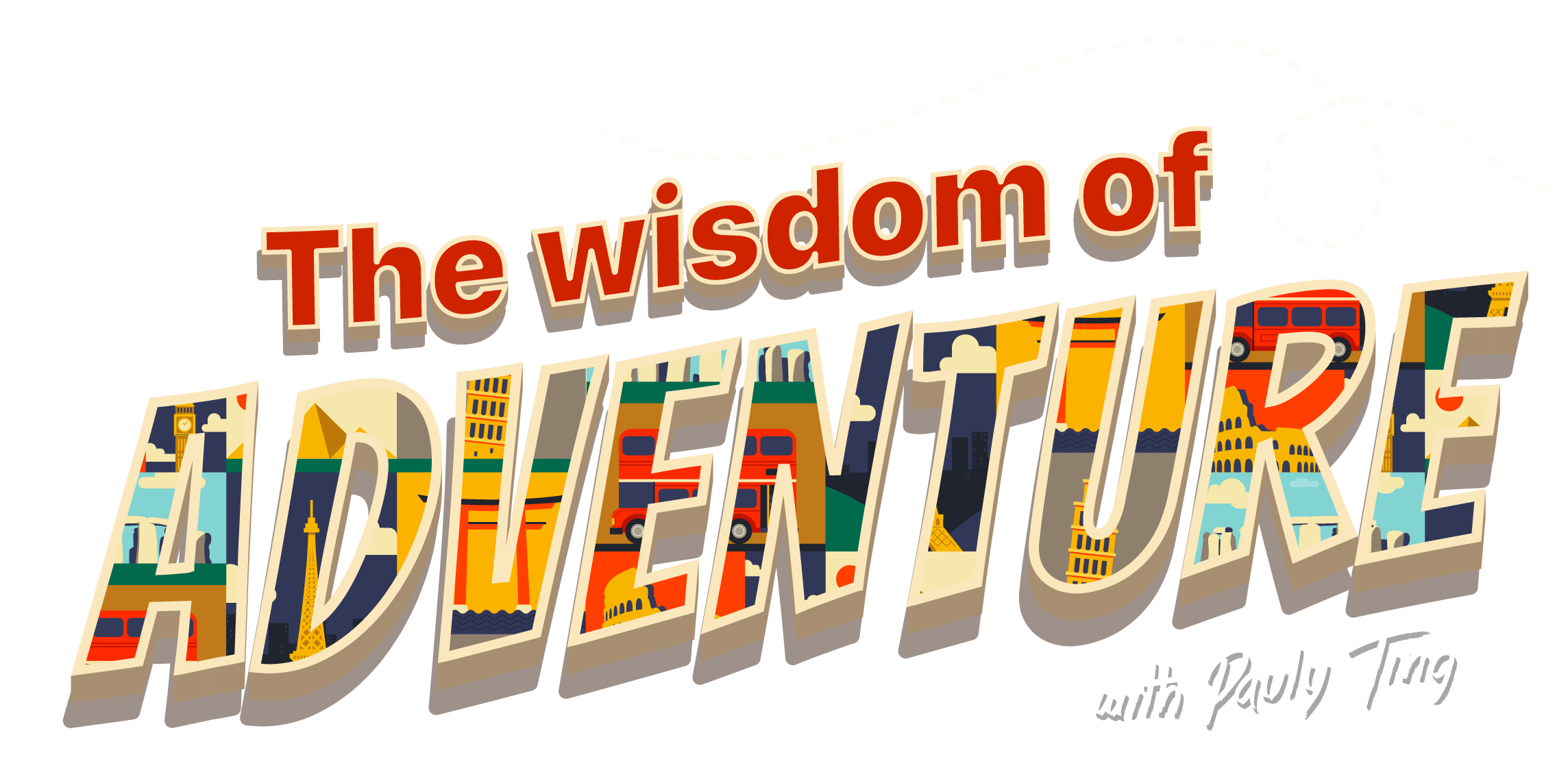There is an idealistic and romantic belief that society can become so connected, that we function as one well-oiled unit. A land of peace, productivity, happiness and fulfillment. Yet in our quest to creating open and more connected spaces, we ironically use sides, cliques, righteousness and division as tools of unity. A world according to me, rather than a world according to we.
In my research for my upcoming book, I’ve critically tuned into the everyday situations where people are unhappy, disgruntled, entitled, and disappointed. Scenarios that lead to people feeling angry, helpless, and even vengeful.
So why is it that personal frustrations can easily escalate into full blown conflict?
It turns out that despite marketing teams telling us how special and unique we are, our bodies, minds, and motivations are all based on the same model. We may be unique in composition, but we are made from the same ingredients.
When faced with a scenario that may conflict with our world views, all humans have primary indicators to express and highlight their position, to warn enemies, and to recruit allies. It’s with this pre-warning system that people then take a course of action to reinforce to themselves that their worldview is safe and good.
These indicators are often unique in style and emphasis for each individual, (based on culture, upbringing, education etc) but there are some key communication formats which can be identified, and thus leveraged for safe passage. So what are they?
Visual Communicators
The person who shows signs of disagreement or displeasure by using non-verbal communication and body language. Arms crossed, tight lips, scowling, rolling eyes, hands up in the air, and looks of incredulity. Drawing visual attention is key and there is a wish for others to inquire if they’re ok.
This interaction may simply open the flood gates for a heated interaction, but generally if one can identify this person long before they escalate the situation, there is a greater chance of diffusing them.
This person uses visual indicators because they wants their plight to be seen by others, and may even look around the room to see who else is showing visual signs of disagreement so they may recruit an ally.
Physically ignoring, looking away, or giving looks of disapproval are simply fuel for the visual communicator. Instead, give full optical attention, confirm what you/they see, and debate based on visual scenarios. eg “I see what you’re saying.”
Auditory Communicators
Some people start with audible displays of disagreement, or may combine them with visual signs to reinforce their position. Sighing, yelling, muttering, stamping of feet, tapping, swearing, insulting, and generally drawing audible attention. By breaking the social silence/hum, audible gestures are used to draw attention to their plight.
People using audible indicators often demand to be heard and will use volume and tone as their means of directing attention to various issues.
The act of listening can go either way. If poorly judged or executed, the protagonist’s frustration is simply amplified and justified. If skillfully channeled by a good listener, they are able to be diffused and redirected.
Physically ignoring, covering ears, telling people to be quiet or talk at another time are fuel for the auditory communicator. Instead, give full aural attention, confirm what you/they hear, and debate based on audible scenarios. eg “I hear what you’re saying.”
Physical Communicators
When faced with a disagreeable situation, some people elect to use physical posturing to communicate their position. Posturing, staring down, shaping up to fight, puffing out their chest, hitting, poking, or restraining.
The physical communication style is arguably the most primal, and creates the greatest scenario for which a situation will escalate quickly into violent conflict. As a society, we have laws and rules intended to curb and channel conflict, and err away from physical communication which is often intended to intimidate or dominate, rather than to negotiate.
People using physical indicators want to be felt and will use touch and body language to create a sense of presence that can’t be ignored. The poorest judgement would be to aggressively touch this person, for they are on high-alert for physical threats.
Telling them not to touch you, trying to redirect their touch, pushing them away, or threatening them back with physical contact is fuel for physical communicators. Instead, give full physical attention, acknowledge their presence, and debate based on tangible scenarios. eg “I feel you.”
Now, it should be noted that a physical response in a particularly aggressive situation where there is a serious threat may be the best course of action. However in most confrontational situations where we are likely to feel physically threatened, it can be socially perceived that it’s ‘weak’ to back down physically rather than to redirect and channel the antagonist.
Remember that people are looking for allies, so be strategic. If physical communication isn’t your primary style, you’re likely to get hurt.
Cognitive Communicators
After showing indicators of a primary nature (visual, auditory, physical), some people will elevate their position to one of cognition, aka ‘thinking’.
In the event of a disturbing situation, cognitive communicators will seek to first make their presence known by the form of combining or selecting a visual, audible, and/or physical communication style.
However, after drawing first attention, cognitive communicators will then convert their initial emotional response into one of logic, reasoning, and debate. While they may still posture, yell, or have confrontational body language, they are more seeking to be understood intellectually.
People using cognitive indicators want to be understood and use their words, thinking and debating skills to engage others.
Using bureaucracy, dismissing what they think, or verbally insulting their point of view is fuel for the cognitive communicator. Instead, give full intellectual attention, appreciate their perspective, and debate based on logical scenarios. eg “You’ve thought about this.”
Natural Instinct

- Source: www.learndash.com
There is no simple one-size-fits-all formula for successful communication particularly when modern culture has created a binary belief system that interactions must be about winning or losing.
More often than not, people don’t expect (or even need) to win. They are hostile and upset because they feel diminished and misunderstood, and perceive that their internal justice system is under attack.
When faced with a hostile scenario, it is natural to reply and retaliate with our best weapons. Our instincts are incredibly powerful, and we intrinsically know to cover our ears with someone who wants to be heard, or to turn away with someone who wants to be seen.
Fighting the urge to win, to dominate, or to teach with our ego means to de-program a lifetime of habit. It’s a conscious effort, and it doesn’t come easily.
When we can manage our own emotions (particularly under pressure), only then can we create the neutral space to identify, meet, and guide others toward our direction. If we can’t or won’t, then we simply become the black to their white.
The Diplomat
All allies have their own interests, perspectives, and beliefs that may not always align. What makes them allies is not because they believe in the exactly the same things, but they have recognised that collaboration is always more productive than conflict, and progress comes from common bonds rather than disparity.
Modern diplomacy is often given a bad rap in a world full of binary views. To be labelled a diplomat is akin to being non-confrontational, a politician, or without conviction, seeking a temporary goal of calming everyone down until they fight again.
Alas, the diplomat must not be an especially assigned person responsible for keeping the peace in a world full of hot heads. Rather, the diplomat must be the voice in our own head; our own filter, compass, and map to help us navigate a world with other people.
It’s how we choose to listen.
Diplomacy is not a job or a role. Diplomacy is the art of knowing what not to say; of knowing what not to do. Diplomacy is not about appeasement, but rather managing emotional responses in order to re-frame and re-direct. Diplomacy is recognizing, listening to, and embracing someone else’s position – and not feel personally threatened because of it. That is how to turn communication around.

